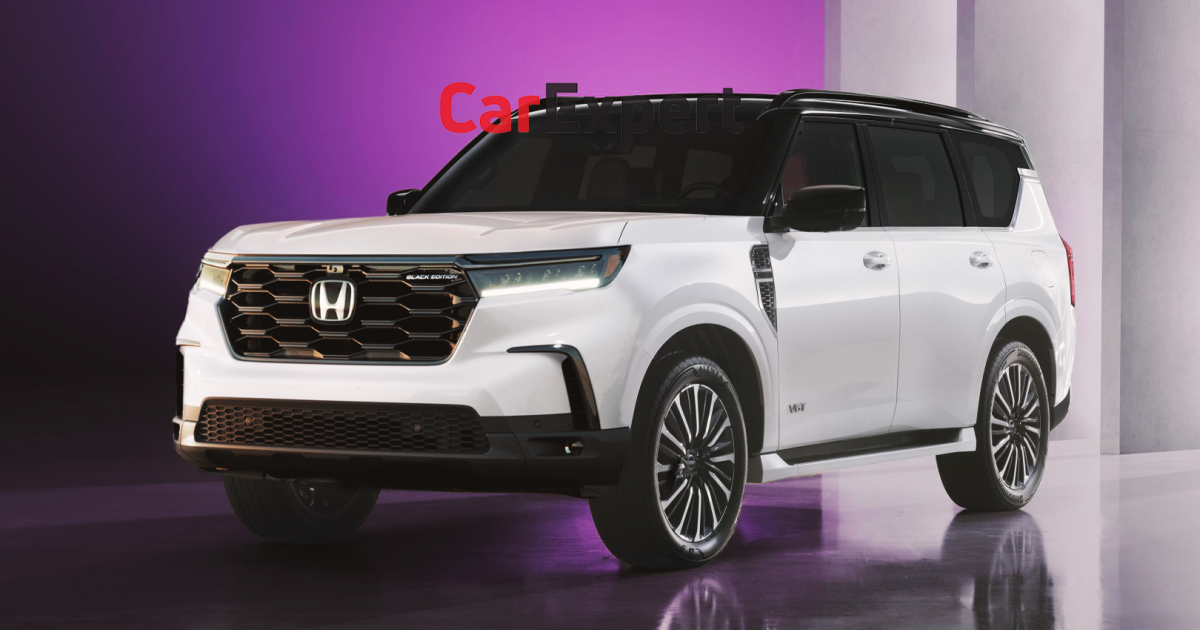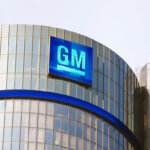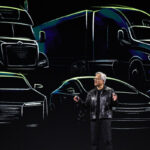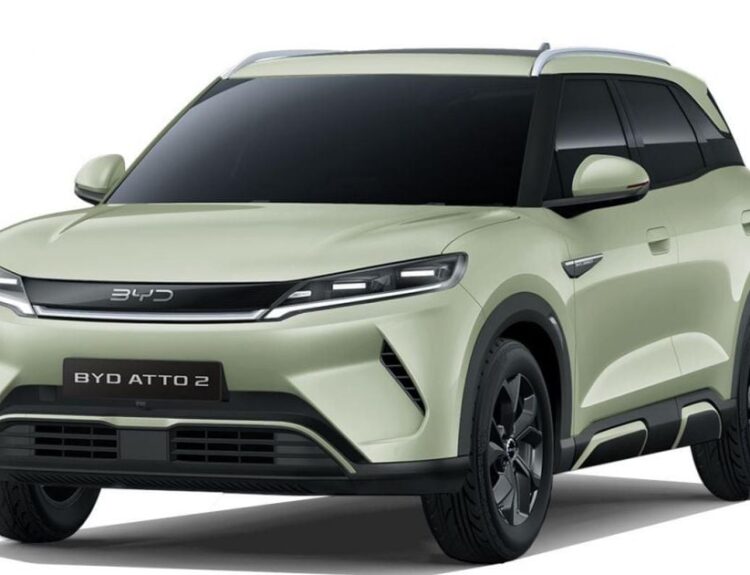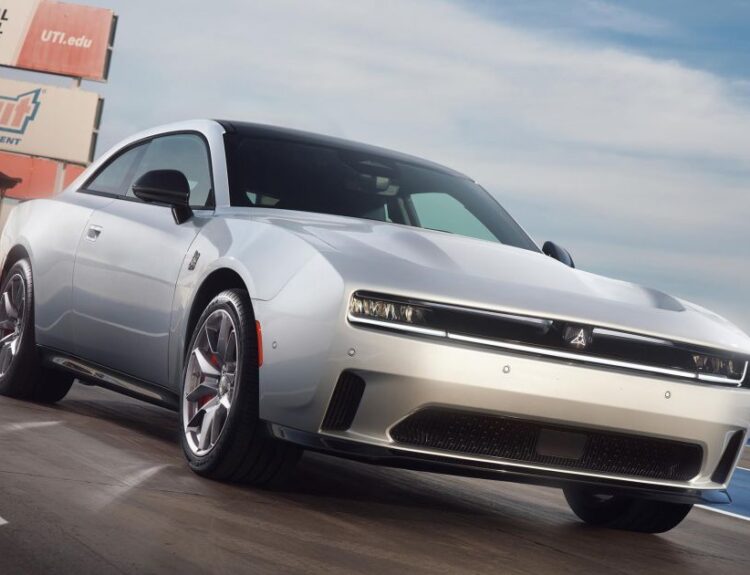Honda and Nissan Move Toward Strategic Merger: A New Era for Automotive Collaboration
Honda is on the cusp of a significant merger with Nissan, a development that promises to broaden Honda’s market presence through the introduction of rebadged Nissan vehicles. This strategic alliance could allow Honda to penetrate new market segments that have previously eluded its offerings.
During a recent media roundtable at CES, Noriya Kaihara, Honda’s director and executive vice president, stated, “We are still in discussions with Nissan regarding the pathway forward.” His comments, relayed by Car & Driver, highlight the ongoing dialogue between the two automotive giants.
Kaihara acknowledged, “In the short term, particularly within the U.S. market, Nissan boasts a substantial class of vehicles that currently exists outside of our portfolio.” He hinted at potential models such as the Nissan Armada and its more luxurious counterpart, the Infiniti QX80, which could serve as key additions for Honda.
Honda’s largest offerings in the SUV segment—the Honda Pilot and Acura MDX—are approximately 5 meters in length, significantly smaller than the body-on-frame Nissan Armada and Infiniti QX80, which measure around 5.3 meters.
“Exchanging some vehicles could yield immediate benefits,” Kaihara noted. “In the long run, co-developing these vehicles is a possibility. For now, however, leveraging Nissan’s offerings for Honda’s lineup is certainly on the table.”
This statement suggests that Honda may contemplate rebadging certain Nissan models while paving the way for future collaborative developments. Kaihara was quick to clarify, “The fundamental identity of the Honda brand will remain intact; we are not merging the Honda and Nissan brands.”
Given its robust financial positioning—markedly stronger than Nissan’s—Honda holds the upper hand in these merger talks. Its market capitalization is four times that of Nissan, granting it the ability to dominate the board composition and key executive appointments in the anticipated entity.
There are complexities surrounding the merger, as former Nissan CEO Carlos Ghosn alleged external pressures from Japan’s Ministry of Economy, Trade and Industry to facilitate this union. Honda CEO Toshihiro Mibe has since faced inquiries about Nissan’s viability as a business partner in this context.
According to the timeline established by both automotive companies, a definitive agreement outlining the merger specifics, including the transfer of shares, is projected for completion by June 2025. Following this, shareholders from both companies will cast their votes in April 2026. If approved, Honda and Nissan could be delisted from the Tokyo Stock Exchange by July or August of that year, replaced by a newly formed holding company.
In a related development, Mitsubishi Motors is expected to announce its position regarding participation in the Honda-Nissan merger by month’s end. Currently, Nissan holds a significant yet non-controlling stake in Mitsubishi, following recent financial setbacks that reduced its influence.
As Honda navigates this unprecedented partnership, it has not shied away from employing rebadging strategies in the past. In 1993, the company introduced the Crossroad—a rebadged Land Rover Discovery—marking its entry into the SUV market with a vehicle that featured a V8 engine, though it was eventually phased out in 1998.
The Honda Passport, which served the U.S. market across two generations, also exemplified this strategy; the second generation was a rebadged Isuzu Rodeo, marketed as the Holden Frontera. After a production cessation in 2002, Honda launched the Pilot, reviving the Passport name for subsequent in-house models.
Similarly, under its Acura brand, Honda rebadged the Isuzu Trooper as the Acura SLX, which debuted in the U.S. for the 1996 model year before being replaced by the Honda-developed MDX in 2001.
Currently, Honda’s Prologue and the Acura ZDX—both built on General Motors’ electric vehicle platforms—illustrate the company’s willingness to innovate beyond simple rebadging while maintaining unique identities for each model.
As Honda prepares for this potential merger, it anticipates not only an expansion of its product lineup but also the opportunity for enhanced strategic collaboration in an ever-evolving automotive landscape.
Source:www.carexpert.com.au

